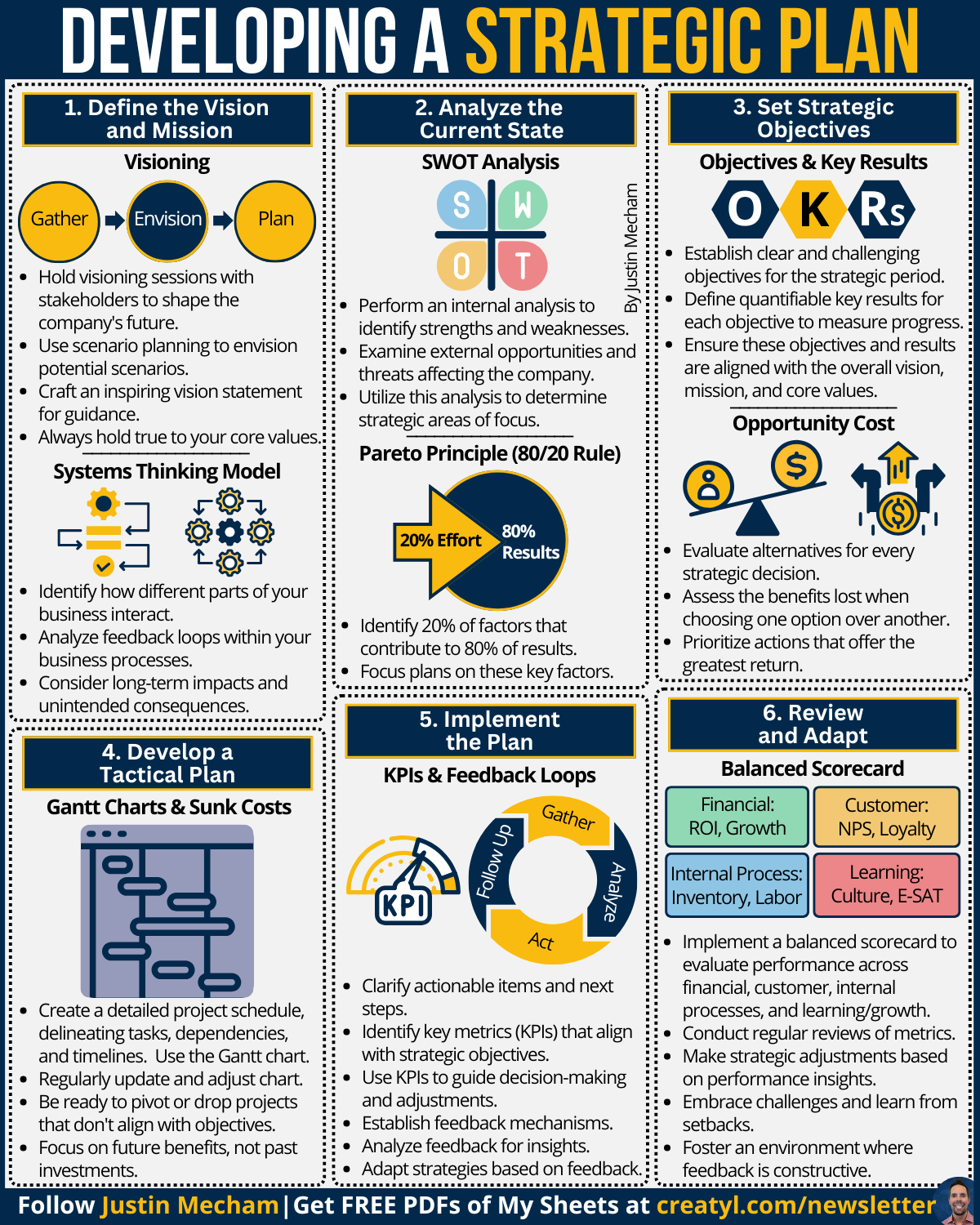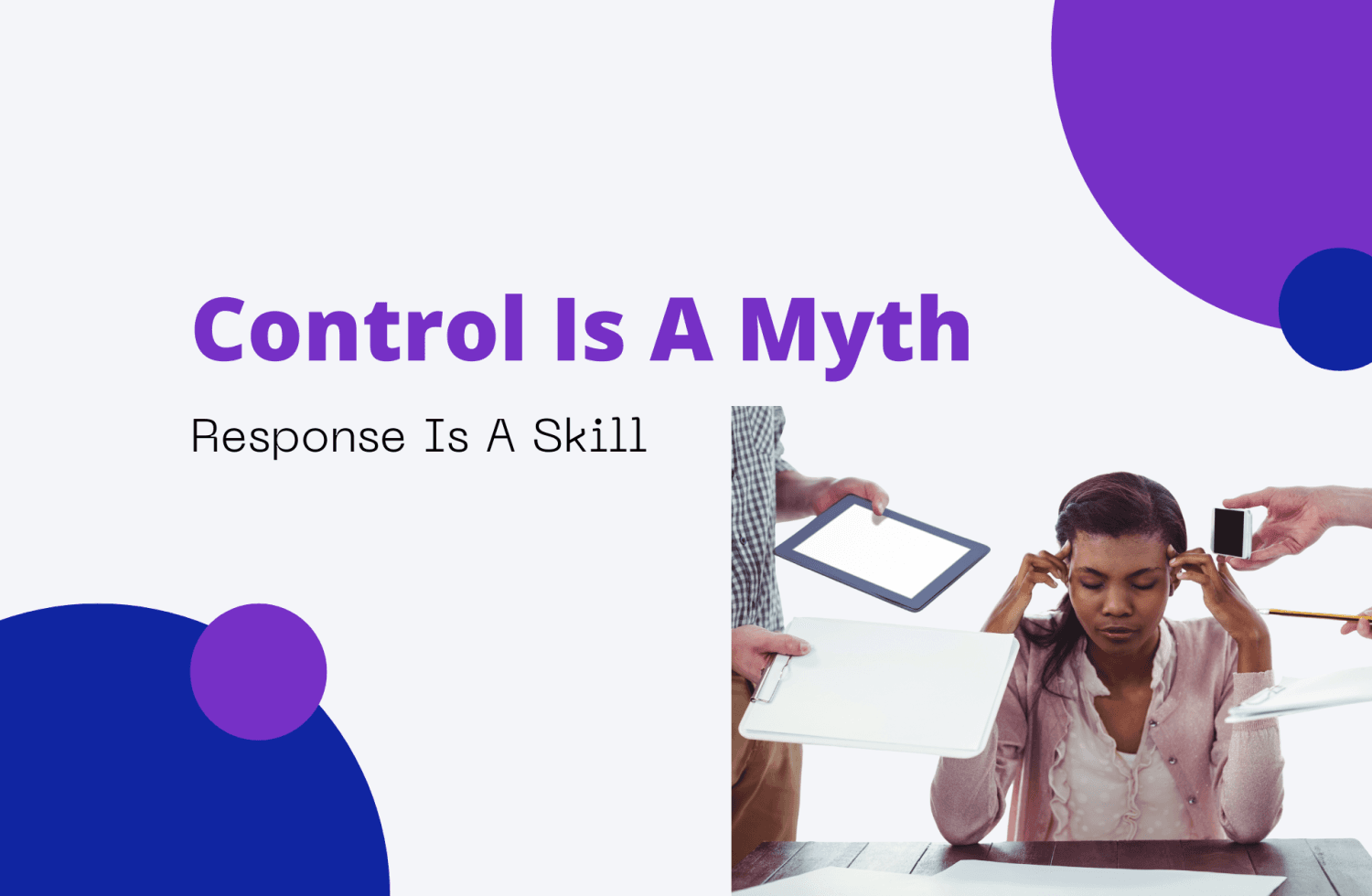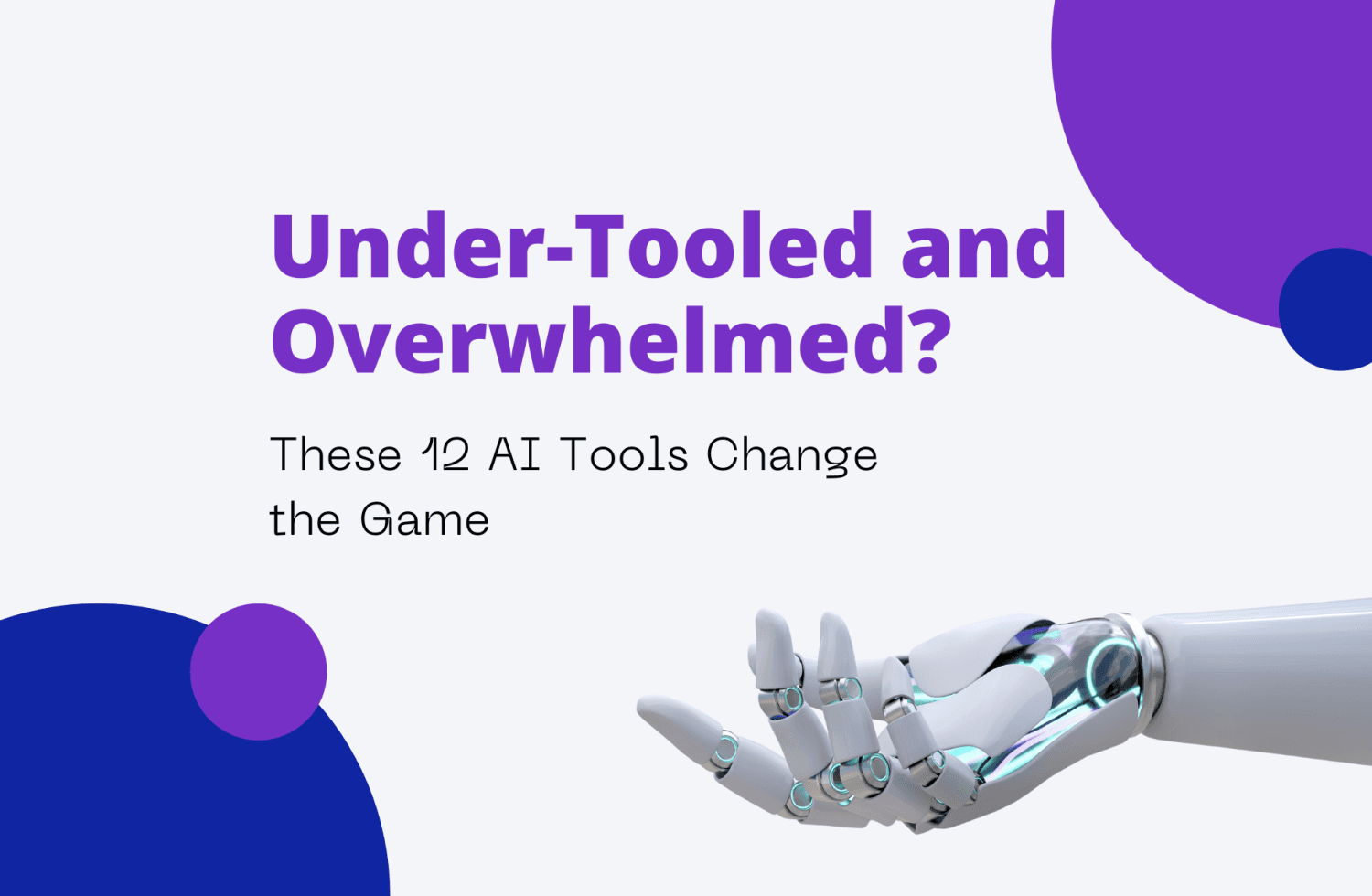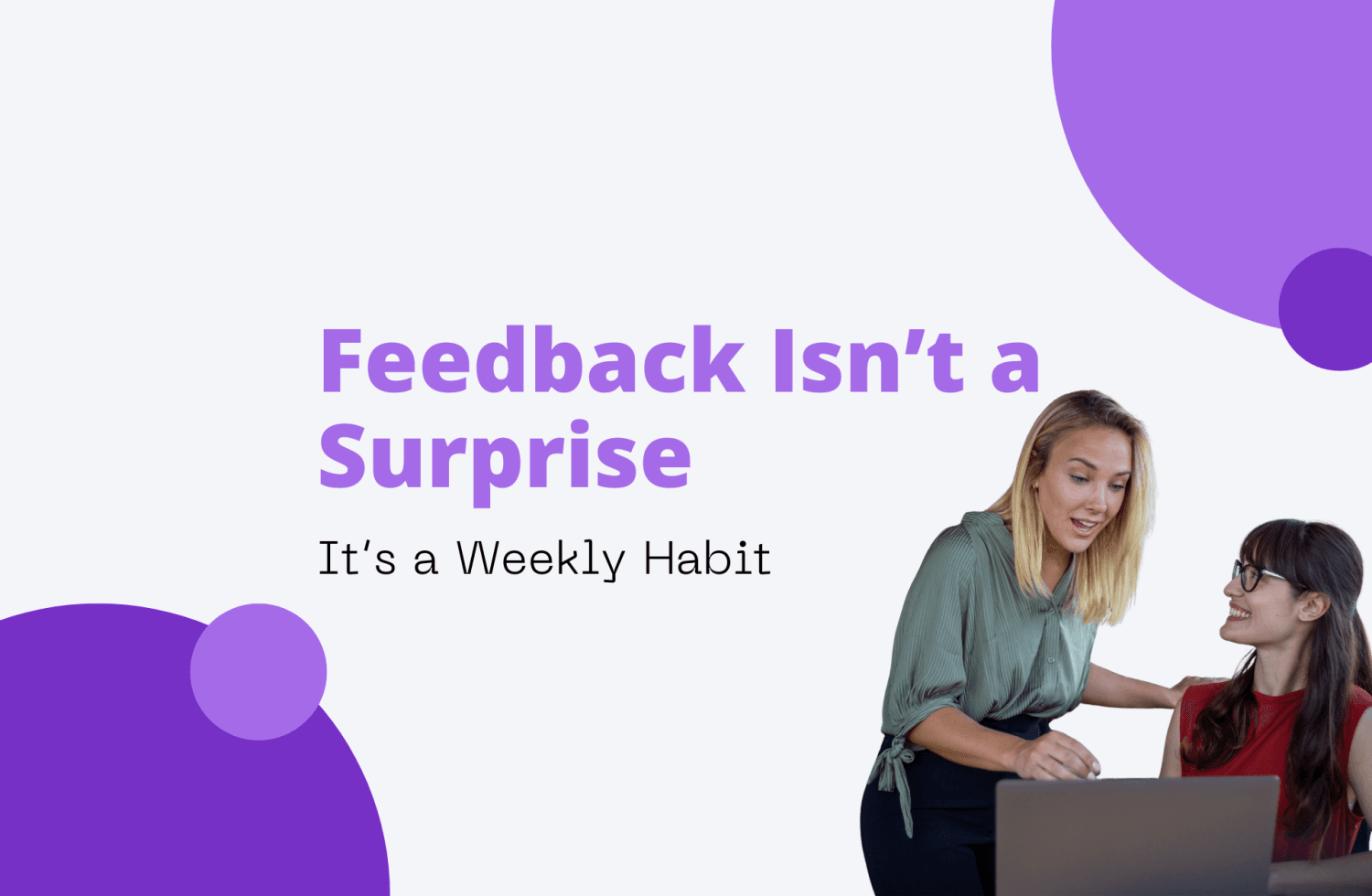Click Here to Download the Infographic
We’ve all been there—staring at a new quarter, trying to plan for a future that refuses to hold still.
Markets shift. Priorities change.
What worked six months ago suddenly feels irrelevant.
Here’s the thing: you don’t need to predict the future.
You need a plan that adapts to it.
A plan built on clarity, not control.
On discipline, not hours.
On decisions you can defend when the world inevitably changes.
This is the 6-step system I use with teams when we stop guessing and start steering with precision:
- Define the Vision and Mission
- Analyze the Current Status
- Set Strategic Objectives
- Develop a Tactical Plan
- Implement the Plan
- Review and Adapt
And here’s a short micro-drill to reset your focus before you log off today.
It takes seven minutes.
- One-line vision (60 seconds):
- We will [outcome] for [who] by [date].
- Kill list (60 seconds):
- List three tasks. Cross out the weakest link.
- One metric (60 seconds):
- Choose the single number that proves progress.
- Next move (120 seconds):
- One action in 24 hours. Assign an owner and a deadline.
- Review block (60 seconds):
- Add a 10-minute event tomorrow: Check → keep / cut / adjust.
- Trade-off (60 seconds):
- We will do X, which means we won’t do Y.
Do this loop for five days. The clutter falls away.
The essentials rise to the top.
Your plan starts breathing.
Read this twice: Strategy isn’t a document.
It’s the discipline of choosing—and then re-choosing.
1. Define the Vision and Mission
Every great plan starts with one line that everyone can remember.
Not a paragraph. Not a manifesto.
Just one clear sentence that tells you what you’re trying to achieve, for whom, and by when.
Example: “We will reduce onboarding time for new customers from 72 hours to 24 hours by June 30.”
That’s a direction, a target, and a promise—all in a single breath.
But don’t stop there.
Ask yourself this: what proof would convince a skeptic that you’re actually making progress?
That “proof test” becomes your anchor. It might be one metric, one customer result, one change in behavior—whatever tells the truth about progress.
Pair that with OKRs—Objectives and Key Results.
The objective defines the “why.” The key results define the “how we’ll know.”
When everyone can point to the same proof, opinions disappear and focus takes over.
I’ve seen this simple exercise change entire teams.
It cuts out vague goals like “improve customer experience” and replaces them with something you can measure, discuss, and celebrate.
Because clarity isn’t just about focus—it’s about morale. People don’t burn out from hard work. They burn out from confusion.
2. Analyze the Current Status
Before you decide where to go next, you have to get brutally honest about where you stand.
This is where most plans start to crumble—because people skip this step or sugarcoat it.
Use a tight SWOT (Strengths, Weaknesses, Opportunities, Threats).
But do it differently. Don’t list twenty things. List five:
- One strength you’ll press.
- One weakness you’ll block.
- One opportunity you’ll test.
- One threat you’ll watch.
- One assumption you’ll challenge this week.
Then take it further with a premortem.
Imagine it’s six weeks later. Your plan failed.
Ask: why did it fail?
List the five most likely causes. Then turn the top two into weekly “pre-checks.”
This step exposes blind spots before they cost you.
I worked with a creative agency that kept launching half-finished campaigns.
Their premortem revealed their real risk wasn’t lack of ideas—it was delayed feedback.
So, we made “weekly feedback received” a metric. Within a month, their cycle time dropped by 40%.
That’s what analysis should do—it doesn’t paralyze you with information. It gives you the confidence to act with eyes open.
3. Set Strategic Objectives
Once you know where you stand, it’s time to make the hard choices.
Because real strategy is about saying no—clearly and publicly.
Choose one big objective for the next period.
Then design 2–3 key results that prove progress toward that goal.
But here’s the secret ingredient most teams skip: a Trade-Off Contract.
Write this sentence and post it where everyone can see it:
“Because we’re choosing [Objective A], we will not do [B, C, and D] until [date].”
It’s uncomfortable at first. But it’s also liberating.
Trade-offs aren’t a sign of weakness—they’re the cost of focus.
We also wrote a No Sunk-Cost Rule: if the data changes, we stop—even if we’ve spent weeks on it.
This prevents the “we’ve come too far to quit now” trap that drains both time and morale.
The goal isn’t to pick the perfect path. It’s to have the courage to stop walking the wrong one.
4. Develop a Tactical Plan
Once the destination is clear, you need a roadmap that doesn’t lock you in.
That’s where the Two-Speed Backlog comes in.
- Speed 1 (Now): Seven-day tasks that directly move your main metric.
- Speed 2 (Next): Thirty-day projects that you’ll activate only when Speed 1 starts showing results.
Each Monday, start with a Kill List.
List three tasks and cross out the weakest one.
This simple act forces you to confront the truth: not everything moves the needle.
One client—a product marketing team—used to run ten campaigns at once.
After introducing Kill List Mondays, they dropped the bottom two campaigns each week and redirected those hours toward their highest-performing channel.
Within two months, engagement grew by 24%—without adding a single extra hour of work.
That’s the 80/20 principle at work.
You’re not doing more.
You’re doubling down on what matters.
The tactical plan doesn’t need to be long. It needs to be alive.
5. Implement the Plan
Execution isn’t about working harder—it’s about learning faster.
Replace long “status updates” with short feedback loops.
The one I recommend is the OODA 24 loop:
Observe → Orient → Decide → Act.
Every 24 hours:
- Observe the metric that matters most.
- Orient by reviewing yesterday’s result.
- Decide one meaningful move.
- Act before the next check-in.
Then log it in a Decision Journal with three simple lines:
- What I expect.
- Why I expect it.
- What would change my mind.
By Friday, you’ll have five micro-experiments—and more insight than most teams gain in a month.
The teams that do this don’t get stuck in meetings.
They make progress visible daily.
They don’t confuse “busy” with “productive.”
They learn in real time, and that learning compounds.
6. Review and Adapt
The final step isn’t about control—it’s about honesty.
Every week, sit down for a Scorecard Lite Review.
Look at four lenses:
- Financial: Are we growing sustainably?
- Customer: Are we delivering measurable value?
- Process: Are we getting faster or just busier?
- Learning: Are we getting smarter each week?
Mark each as Keep, Cut, or Adjust.
Anything marked “Cut” gives you time back. Anything “Adjust” gets a one-week test plan.
Revisit your Trade-Off Contract. Are your original “no’s” still serving the goal?
If not, change them consciously—don’t drift into it.
This review isn’t just maintenance—it’s reflection in motion. It’s where strategy becomes self-correcting.
Too Many Projects, Not Enough Progress
A mid-sized SaaS company I worked with was stuck in chaos.
They were busy but unproductive—running twenty “urgent” projects at once, missing deadlines, and watching morale sink.
When I arrived, I told them we weren’t going to build a new plan. We were going to build a new system of focus.
Step 1: Vision.
We defined a one-line goal: “Reduce onboarding time from 72 hours to 24 hours for paying customers by April 30, proven by median setup time.”
That was it. No buzzwords. Just one outcome and one proof.
Step 2: Trade-offs.
We agreed: “We will improve setup speed, which means we won’t touch UI cosmetics or add new bundles until May.”
This created breathing room.
Step 3: Kill list.
Each Monday, every team member crossed off one task from their personal list that didn’t serve the goal.
Within two weeks, they reclaimed 30% of their time.
Step 4: Two-Speed Backlog.
We split work into short and long loops.
Speed 1 was immediate changes—rerouting VIP tickets, adding sample data, scheduling night support.
Speed 2 held bigger projects like automation, triggered only if short-term gains plateaued.
Step 5: OODA 24 Loop.
Every morning, the team reviewed setup time, chose one change, and implemented it before lunch.
Step 6: Weekly Scorecard.
Each Friday, we marked progress across Financial, Customer, Process, and Learning.
In three weeks, median setup time fell from 72 hours to 23.
Morale shot up. Wins were visible. People started trusting data again.
Then a competitor launched a faster product.
Instead of panicking, we went back to our premortem question: “What could cause us to fail next?”
That one conversation sparked a quick pivot—and kept the momentum going.
The team didn’t just hit their target. They built the muscle of adaptation.
The Real Work Is Re-Choosing
Clarity is your greatest edge.
When everyone knows the goal in one sentence and can point to the number that proves progress, meetings shorten, focus sharpens, and noise fades.
But clarity alone isn’t enough.
The world changes. People change. Priorities evolve.
That’s why the real work of leadership is re-choosing—again and again—with courage and honesty.
Discipline beats prediction.
You don’t win by guessing right—you win by learning faster than others.
Balance keeps you real.
Financial growth, customer value, process efficiency, and team learning—when they move together, the organization moves forward without breaking.
Trade-offs aren’t losses; they’re boundaries that make success possible.
Every yes carries a cost.
Choosing what not to do is the quiet skill that separates leaders from dreamers.
And finally, remember this: strategy isn’t a document.
It’s a rhythm.
It’s a practice of awareness, choice, and recalibration.
It’s the courage to look at evidence and say, “We were wrong yesterday, but we’re wiser today.”
That’s what makes a plan worth following—it bends when life bends, but it never breaks.
Download the Infographic
If you want the full “Developing a Strategic Plan” framework in one place, download the infographic as a clear, printable PDF.
It includes all six steps, the daily micro-drill, and visual frameworks for quick reference—perfect to share with your team or keep pinned above your desk.




